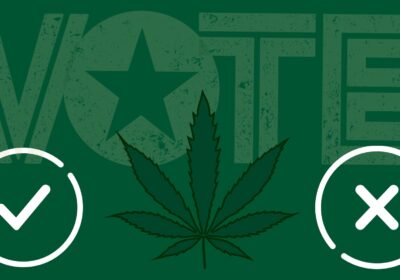Raising smoking age isn’t answer to end teen smoking

While Hawaii recently set a new example by raising the smoking age to 21, the rest of the states should think twice before following in its footsteps.
Late last month, Hawaii Gov. David Ige signed a bill to raise the state’s smoking age to 21 in an effort to prevent youth from smoking, a law that will take effect next January, as reported by NBC News. Currently, few other states have set the smoking age at 19 and some local areas such as New York City and Hawaii County have set it at 21. While other states such as California and Washington also want to raise the age, this law wouldn’t prevent today’s young generation from trying to smoke even before age 21.
It’s understandable why states would agree with this initiative. As mentioned in NBC News, about nine out of 10 smokers in Hawaii begin before they turn 21, with many of them having access to cigarettes from friends or relatives who can buy them. Florida ranked 16th in the nation based on the percentage of adults who smoke cigarettes, according to the Centers for Disease Control and Prevention.
It’s clear today’s youth are the main target for the new law, and it’s fostered on concrete grounds. Still, according to the American Lung Association, 68 percent of adults who smoke began at age 18 or younger. Each day, nearly 3,900 children under 18 try their first cigarette.
When focusing on whether Hawaii’s law will have long-term benefits, there’s more to consider.
For one, it doesn’t seem the law can help the welfare of the total population, but only the welfare of those to come. Those under 21 will be restricted from purchasing cigarettes, but the other portion of the overall population above the age of 21 will not be affected and will be able to continue smoking without having to worry about their own health.
Regardless, young people will still smoke. As reported by the Office of Adolescent Health (OAH), 450,000 12- to 13-year-old and about 4.4 million 14- to 17-year-olds have already smoked. While tobacco use among adolescents has declined in the past four decades, as mentioned by OAH, adolescent smoking is clearly still relevant.
One of the major downfalls of the law is that smoking at an early age will still be a continuing problem, and smoking can still pose a threat to those below age 21 even though they wouldn’t be supposed to smoke.
Though Hawaii wants to strengthen the vision of bringing up a smoke-free generation for the future, the law seems to be of nil effect despite catering to the idea that an older legal age will prevent youth from having easy access to cigarettes.
Youth could still smoke despite raising the legal age, and smokers who are of age can continue to do so.
In Florida, programs and campaigns such as Tobacco Free Florida’s Students Working Against Tobacco and Truth get youth involved to spread awareness of the tobacco industry’s advertising practices and shed light on tobacco use in popular culture. The focus should instead be on finding ways to get youth involved to fight against smoking rather than pretending that raising the age will make smoking less appealing.
Pallavi Dheeja Gopee is a sophomore majoring in business administration.






